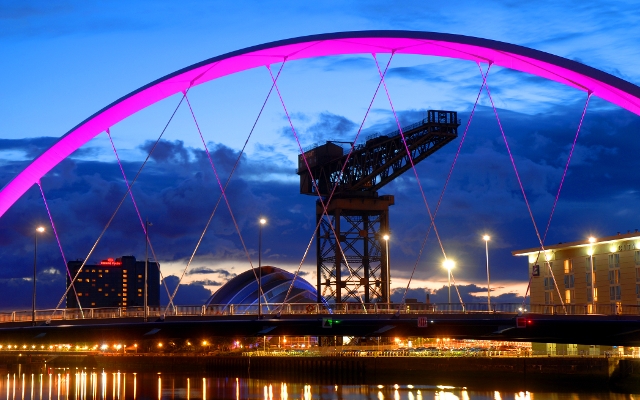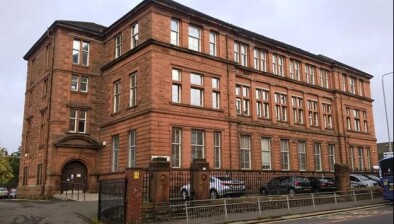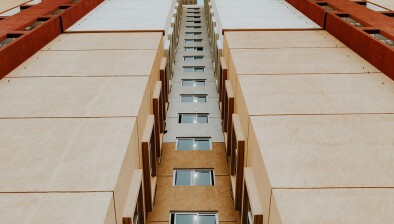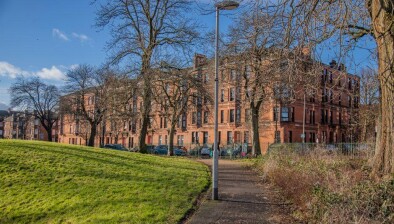District heating networks could warm almost half of Glasgow population, report finds

Almost half of Glasgow’s residents could heat their homes by connecting to a district heating network as part of a drive to switch to sustainable energy across the city.
That’s the conclusion of a new report that seeks to identify how Glasgow can reduce its demand for heat while decarbonising its supply in support of the city’s effort to tackle the emissions that fuel climate change.
The Local Heat and Energy Efficiency Strategy (LHEES) seeks to support the development of District Heat Networks by identifying where there is heat demand in Glasgow and also seeks to reduce the demand for energy through improved energy efficiency of our buildings. The strategy is now open for public consultation, which runs until September 25.
Initial findings of the strategy indicate that the development of heat networks has the potential to reach up to 46% of the city’s population from a wide range of sustainable energy sources. Glasgow is already home to eight district heating networks such as the system installed at the former Athlete’s Village in Dalmarnock or the recently developed network at Sighthill.
Following national legislation on heat networks, the LHEES identifies 21 zones across the city where the density of heat demand shows there potential for viable district heating systems. Options for sources of energy for future district heating networks could include:
- Extracting the natural heat from the River Clyde by using water source heat pumps
- Using the energy from waste created at plants such as the Glasgow Recycling and Renewable Energy Centre
- Drawing heat from deep geothermal wells
- Tapping into the city’s wastewater system
- Extracting the heat found in flooded, former mine workings
- Capturing waste heat from buildings such as distilleries, supermarkets, data centres, laundrettes and bakeries
Emissions from gas, which heats 84% of domestic properties in the city, accounts for 43% of the 2.4 million tonnes of carbon produced in Glasgow every year. But the widespread use of gas boilers may assist a transition to district heating networks as ‘wet’ central heating systems can be converted to work with other types of heat generation.
Ensuring the energy efficiency of Glasgow’s 300,000 homes is also a crucial objective of the strategy as it can help address fuel poverty in the city, but it is recognised this could be a major challenge with the high proportion of older-style tenements in the city that are not best suited to standard insulation methods.
Councillor Angus Millar, City Convener for Climate, believes the LHEES provides the basis for Glasgow to tackle a significant source of Glasgow’s carbon emissions while also dealing with the impact of fuel poverty. Councillor Millar has urged Glasgow residents to put forward their views on how to Glasgow in future before the consultation concludes on September 25.
Councillor Millar said: “How we heat our homes in future lies at the very heart of our efforts to create a net zero Glasgow. Keeping homes warm is almost entirely reliant on burning fossil fuel and so a switch to more sustainable approaches will affect everyone.
“The Local Heating and Energy Efficiency Strategy shows there is a way ahead and there are many options available on how we can decarbonise domestic heating. A big advantage for Glasgow is the high concentration of housing found in many communities across the city, which helps ensure the potential in district heating systems.
“How we identify the zones where district heating networks are viable and what kind of sources of energy should be used are key questions in our public consultation. But it is just as crucial we have public feedback on how we ensure heating remains affordable in a city with widespread fuel poverty.
“Our Local Heat and Energy Efficiency Strategy aims to create the conditions for the city to benefit from affordable, reliable, and low-carbon heat. Public input to the strategy is essential part of creating a just and equitable transition to a cleaner, more sustainable system for domestic heating.”
For homes that sit outside indicative boundaries for heat network zones, it is proposed that the use of heat pumps may be the most appropriate intervention, either on an individual basis or as part of smaller, communal networks. Improving thermal efficiency in these homes would be a major focus of this approach.
Engagement with external stakeholders such as housing associations and other public organisation on the LHEES has already taken place. Further work to present the strategy to other organisations such as community councils will be undertaken over the course of the consultation, which runs until September 25.









